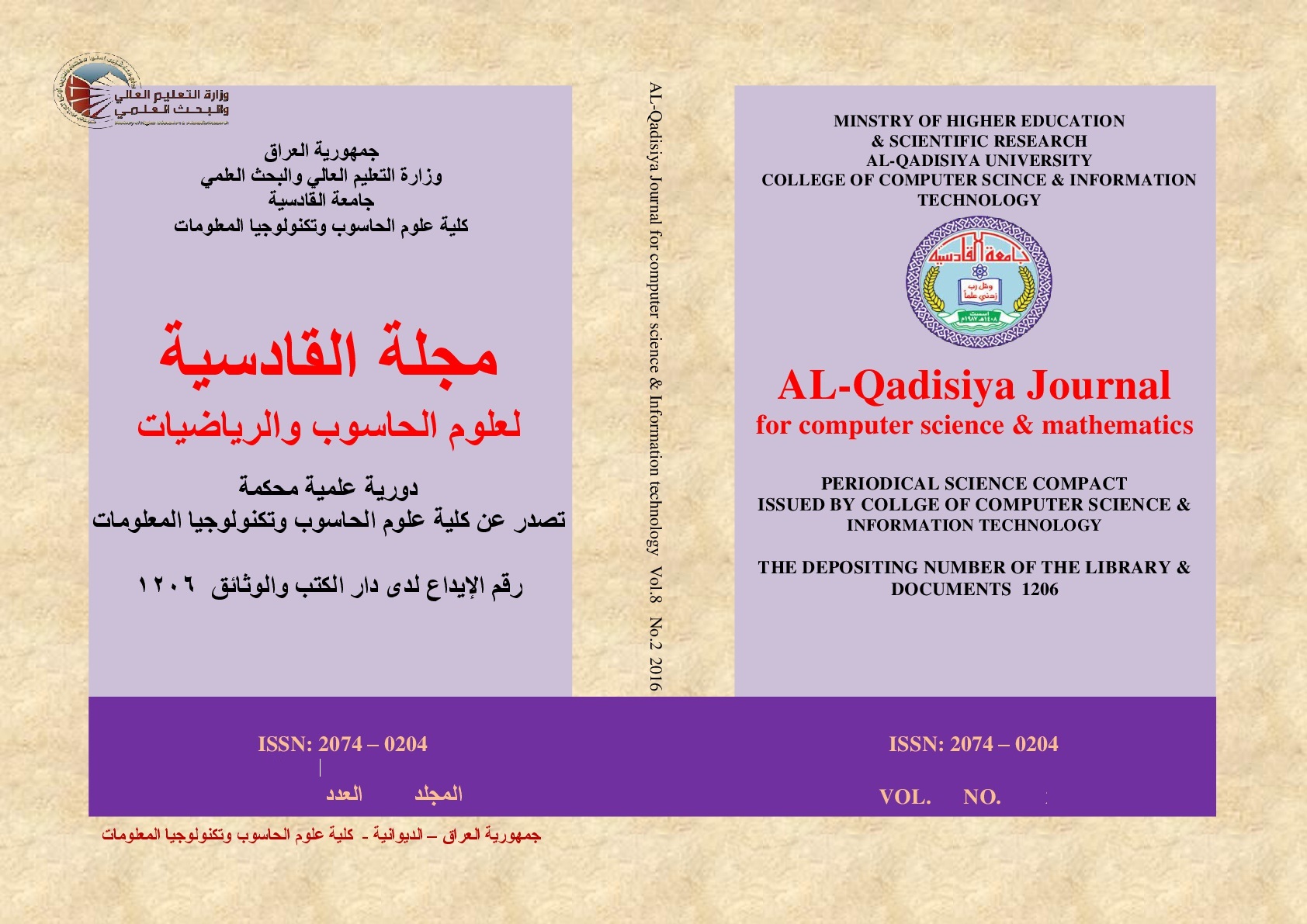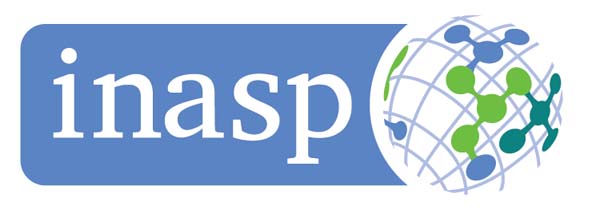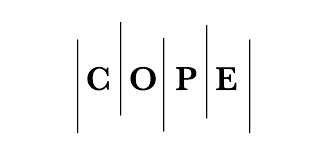Efficient Key Frame Extraction based on Adaptive Threshold and HOG for Video Summarization
DOI:
https://doi.org/10.29304/jqcsm.2025.17.22363Keywords:
Video summarization, video compression, keyframe, adaptive threshold, Histogram of Oriented Gradient (HOG)Abstract
Key frame (KF) extraction process is considered as a crucial task in video structure analysis, it plays important role in video summarization, content analysis, video compression and so on. This process aimed to give a good video summarization by extracting the frame or set of frames that provide a comprehensive representation for the video sequence and removing the other frames that are considered redundant. In this paper, a new method has been proposed, the proposed method utilized Histogram of Oriented Gradient (HOG) as feature and adaptive thresholding technique, enabling the detection of substantial changes in visual content between consecutive frames in each video shot. By calculating the HOG differences and applying adaptive threshold, the method divides the shot's frames into groups, then from each groups a key frame with substantial features is selected, while other frames are considered as redundant and removed. Experimental evaluations on different videos, shows that the proposed methods able to extract key frames that accurately reflect the video's primary content and produce a good summarization. The results reduce the redundancy while preserving the essential idea of the video.
Downloads
References
I. H. Ali and T. T. AL-Fatlawi, “Key Frame Extraction Methods,” International Journal of Pure and Applied Mathematics, vol. 119, no. 10, pp. 485–490, 2018, doi: 10.1201/b19318-9.
S. Jadon and M. Jasim, “Unsupervised video summarization framework using keyframe extraction and video skimming,” 2020 IEEE 5th International Conference on Computing Communication and Automation, ICCCA 2020, pp. 140–145, 2020, doi: 10.1109/ICCCA49541.2020.9250764.
H. B. Taher and A. H. Awadh, “Video Summarization for Surveillance System Using key-frame Extraction based on Cluster,” Journal of Education for Pure Science- University of Thi-Qar, vol. 11, no. 1, pp. 54–65, 2021, doi: 10.32792/jeps.v11i1.91.
G. Gao, “Key Frame Extraction,” in Video Cataloguing, 1st Editio., 2015, pp. 57–64. doi: 10.1201/b19318-9.
W. Hu, N. Xie, L. Li, X. Zeng, and S. Maybank, “A survey on visual content-based video indexing and retrieval,” IEEE Transactions on Systems, Man and Cybernetics Part C: Applications and Reviews, vol. 41, no. 6, pp. 797–819, 2011, doi: 10.1109/TSMCC.2011.2109710.
S. Krig, “Interest Point Detector and Feature Descriptor Survey,” Computer Vision Metrics, no. 1, pp. 187–246, 2016, doi: 10.1007/978-3-319-33762-3_6.
I. Sedeeq, “Image Forgery Detection Using Histogram-Oriented Gradients (HOG),” Iraqi Journal of Science, vol. 66, no. 5, pp. 2048–2058, 2025, doi: 10.24996/ijs.2025.66.5.22.
R. C. Gonzalez and R. E. Woods, Digital Image Processing, 4th Editio. 330 Hudson Street, New York, NY 10013, 2018. doi: 10.1201/9781003002826-2.
E. Rublee, V. Rabaud, K. Konolige, and G. Bradski, “ORB: an efficient alternative to SIFT or SURF,” in IEEE International Conference on Computer Vision, 2011, pp. 2564–2571.
M. Calonder, V. Lepetit, C. Strecha, and P. Fua, “BRIEF: Binary robust independent elementary features,” in European conference on computer vision. Berlin, Heidelberg: Springer Berlin Heidelberg, 2010, pp. 778–792. doi: 10.1007/978-3-642-15561-1_56.
R. Mur-Artal, J. M. M. Montiel, and J. D. Tardos, “ORB-SLAM: A Versatile and Accurate Monocular SLAM System,” IEEE Transactions on Robotics, vol. 31, no. 5, pp. 1147–1163, 2015, doi: 10.1109/TRO.2015.2463671.
Downloads
Published
How to Cite
Issue
Section
License
Copyright (c) 2025 Talib T. Al-Fatlawi, Salwa Shakir Baawi, Adil L. Albukhnefis

This work is licensed under a Creative Commons Attribution-NonCommercial-NoDerivatives 4.0 International License.













